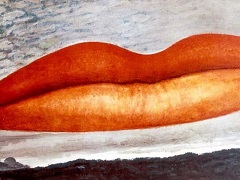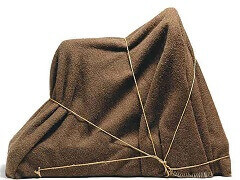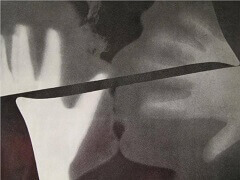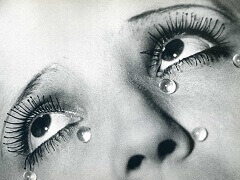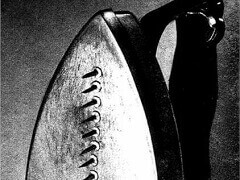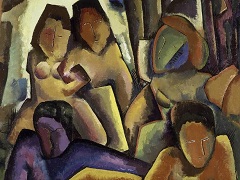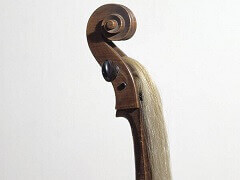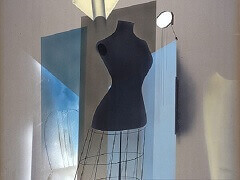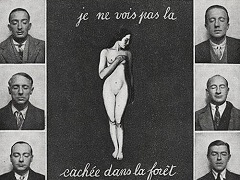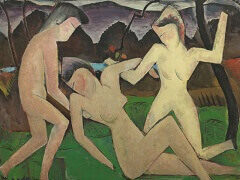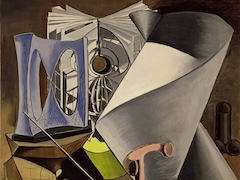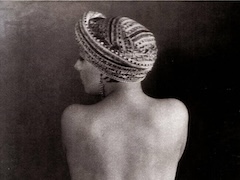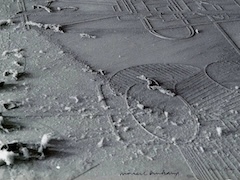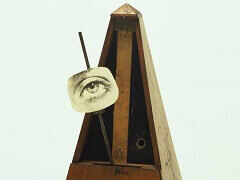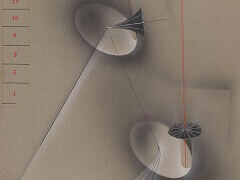New York, 1920 by Man Ray

Like a number of Man Ray's objects, New York has been known under several titles: Ball Bearings, Roulement Habile (or Easy Rolling), and Export Commodity. The original object - subsequently destroyed - was made in New York in 1920 and consisted of a jar of olives in oil, in which Man Ray had replaced the olives with steel balls. The jar was labelled 'New York', perhaps because the upright shape evoked a skyscraper in miniature. In any event, Man Ray chose to take the object with him to France in 1920, where he told a customs officer that the jar would give him the illusion of having something to eat, should he encounter hard times.
This was an early object, made during the height of Man Ray's involvement in the New York dada movement. Its play with olives/ball bearings was a visual and material equivalent for the substitutions common in jokes and metaphors, and was an example of how a three-dimensional object could engage with a free play of ideas and associations, previously considered to be largely the province of words. Its surprising, and inherently fragile, combination of heavy steel balls and thin glass anticipated the surprise factor associated with the slightly later object by Marcel Duchamp (1887-1968), Why Not Sneeze Rose Sélavy?, 1921 (Tate T07508), a birdcage filled with marble cubes that surprises anyone lifting the cage as the cubes weigh so much more than the sugar cubes they resemble.
This version of New York is one of three artist's examples aside from the edition of nine, published by Studio Marconi, Milan, and from a number of trial proofs. Other artist's examples were retained by Man Ray himself and by the dealer Luciano Anselmino. At the time of making the new edition of the object, Man Ray chose to revert to the piece's original title. Lucien Treillard, Man Ray's assistant in the period, has recalled that arranged for a laboratory that prepared chemical vessels for the Université de Jussieu to make the glass tubes for the edition. He no longer recalls from where he obtained the industrial steel ball bearings which have a slight oil film to protect them from rusting. Under the artist's direction, Treillard prepared the objects for Man Ray who inscribed and signed the linen tape label.

